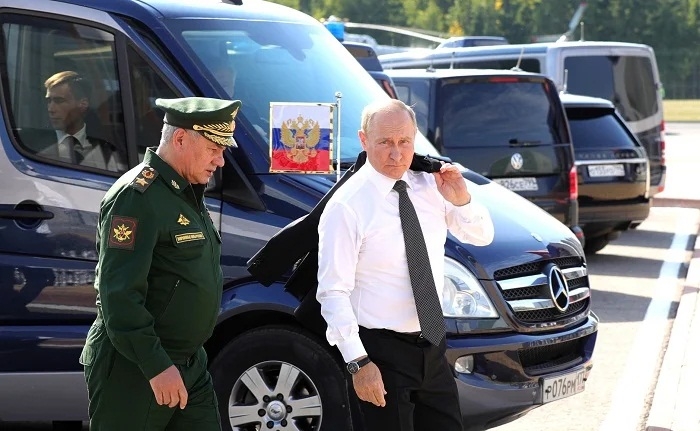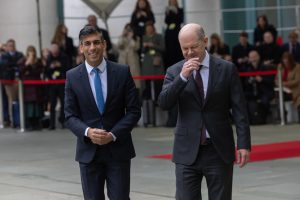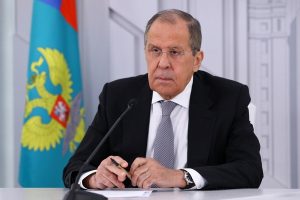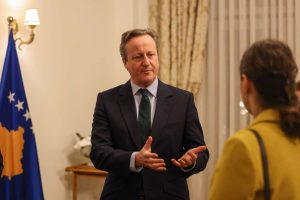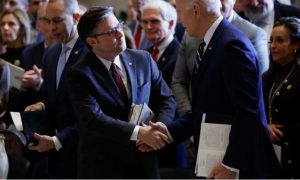President Putin’s appeal caused panic and shock among some of the apolitical Russian youth who do not want to go to the war zone and are afraid of being involved in sending them to the battleground, writes Sergei Strokan
President Putin’s address to the Russians, in which he announced the beginning of partial mobilisation in the country on September 21, sounded eight months after the start of the special military operation in Ukraine, shaking Russian society to its foundations and causing a wave of comments, speculation and fakes about the motives of this decision and the criteria for selecting reservists.
With all the spread of estimates, it is obvious that this decision was a turning point in the Russian military campaign in Ukraine, which since February 24 this year Moscow has been trying to conduct with the forces of a limited military contingent in Ukraine, the number of which today is about 180,000 soldiers and officers.
In the first months of the confrontation, having managed to take control of more than 100 thousand square kilometers of Ukrainian territory in the unrecognized republics of Donbass and Kherson and Zaporozhye regions in the south-east of the country with these small forces during an offensive operation, in early September the Russian side suffered its first painful setback in the Kharkiv region, another key industrial region of Ukraine. It is important to note that in the early years of Soviet power, the capital of Ukraine for a short time was not Kiev, but Kharkov.
As a result of the counteroffensive of the Ukrainian forces, which caught the Russian side by surprise and exposed the shortage of troops and the problems of command, the Ukrainian side, which threw all its best personnel reserves at the Kharkov direction, managed to achieve the single but impressive success so far – to win back 60 thousand square kilometers.
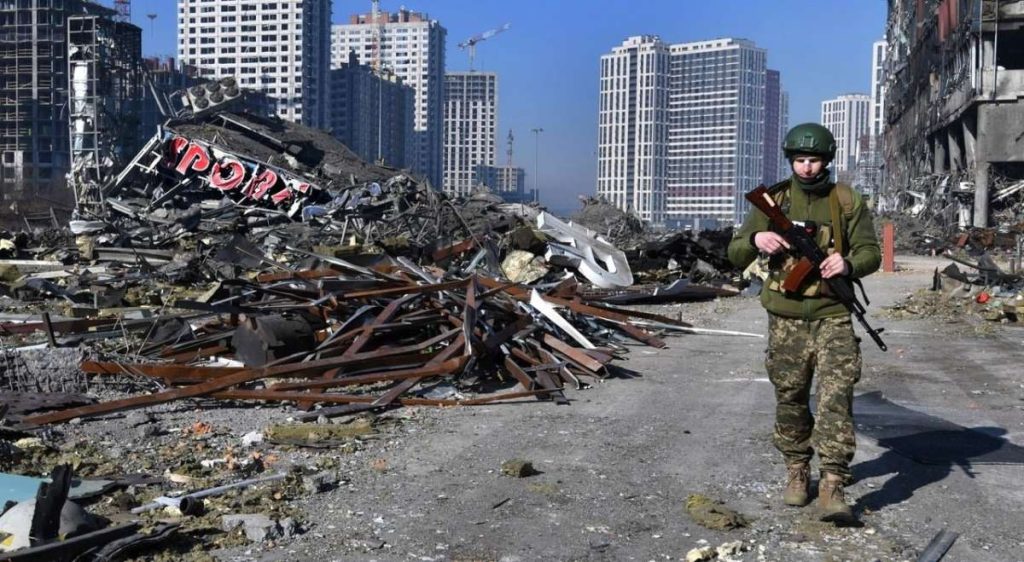
According to information coming from the region, pro-Russian residents of the cities of Balaklava and Kupyansk, which were controlled by the Russian side for several months and then lost by it, are now being tortured, bullied, shot.
However, at the moment Moscow cannot quickly come to their rescue – it simply does not have sufficient forces in the conflict zone.
Meanwhile, the Russian failure in the Kharkiv region became a lavish gift to Ukrainian propaganda and sent a bad signal to those Ukrainians who quickly and recklessly believed in Russia’s speedy and unconditional victory and now either have already become, or may become, the target of reprisals by Ukrainian forces.
In general, by September, a paradoxical situation had developed in the combat zone, which can be considered abnormal.
On the one hand, from the first days of the military operation, President Putin set one of the tasks of demilitarization of Ukraine, which assumed the need for offensive, not defensive actions.
On the other hand, how can you successfully go on offensive if the enemy has a five-fold excess of forces?
If we talk about numbers, the Russian grouping, which currently amounts to less than two hundred thousand fighters, is opposed by the 700-thousand grouping of Ukraine, reinforced by Western mercenaries and NATO advisers, constantly replenishing its arsenal of the latest weapons coming from the United States and other Western countries. This is reminiscent of a fairy tale about a dragon, which instead of one severed head grows two – the Russian military and space forces grind Western weapons, but its flow does not dry up.
“The Russian leadership sooner or later had to admit that fighting with small forces in Ukraine, fighting in velvet gloves, as it has been for the last eight months, no longer works. In order not to be defeated and achieve a breakthrough, it is necessary to radically change the balance of power. Apparently, having looked into the eyes of this reality, the Kremlin realized that there is no alternative to partial mobilization,” a retired Russian military officer who fought in Afghanistan and is also a senior officer of the Main Intelligence Directorate of the Ministry of Defence, who asked not to be named, told India Narrative.
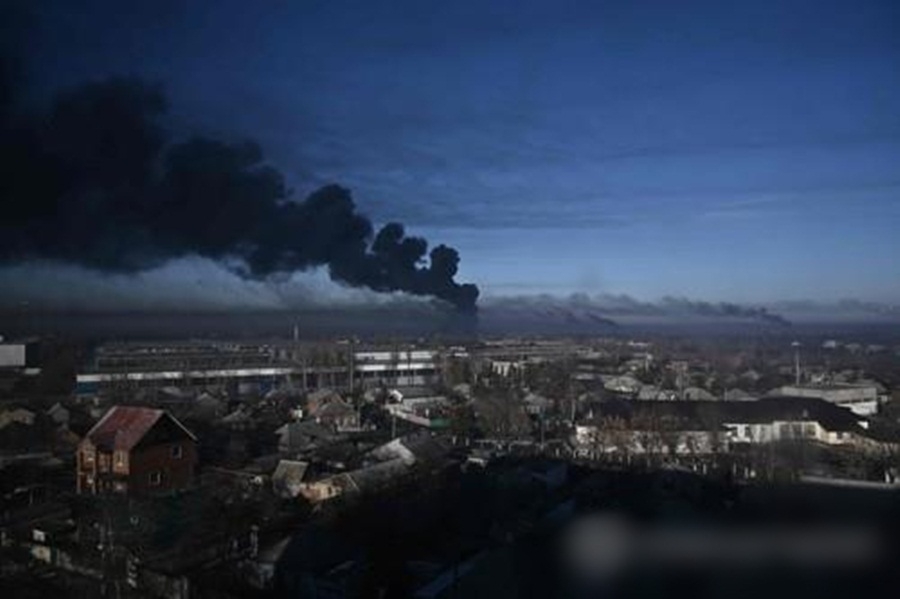
President Putin’s appeal caused panic and shock among some of the apolitical Russian youth who do not want to go to the war zone and are afraid of being involved in sending them to the battleground.
This topic has become the subject of a new information war, being dispersed by Ukrainian TV channels and networks.
Fake reports have already appeared about young managers, auditors, programmers, bank employees, and journalists allegedly captured on the streets of Moscow and forcibly mobilized, who have never worn a military uniform in their lives and have never held a Kalashnikov assault rifle in their hands.
There have been reports of sold-out air tickets from Moscow to the former Soviet republics – Armenia, Kazakhstan, as well as Turkey, the prices of which allegedly reach astronomical amounts measured in thousands of dollars.
Meanwhile, speaking about the mobilisation announced in Russia, it is necessary to focus on the word “partial”.
According to preliminary estimates, during the mobilisation, about 300,000 reservists will be recruited and sent to the front, that is, 1% of the total mobilisation resource of Russia, which will remain unused for the time being.
Reservists with combat experience and relevant military specialties will be drafted first, the Russian Defence Ministry has said.
Induction offices in Russia will focus on reservists with combat experience and relevant military specialties during the ongoing mobilisation, the Russian Defence Ministry told journalists.
There is no specific drafting order, the ministry admitted, but said priority would be given to reservists who have previously undergone training as tank operators, artillery crew members, drivers, mechanics and motorised infantry. It also called combat experience “one of the key factors” in its choice of draftees.
The Russian military plans to call both the rank-and-file soldiers and officers to arms, the ministry said. Reservists aged up to 35 can be drafted as rank-and-file soldiers, while the age threshold will be between 50 and 55 years for officers, depending on the rank, it added.
People employed in the defence industry will be exempted from mobilisation, as well as those that do not meet the health criteria, have at least four children, or care for disabled relatives, the ministry explained. Each region will be required to draft a certain number of reservists depending on its population, the ministry added, without providing the exact numbers.
Russian Defence Minister Sergey Shoigu confirmed that the mobilization would involve calling to arms some 300,000 reservists, or just over 1% of Russia’s full mobilization potential.
Putin had previously said that the defence ministry had recommended drawing military reservists into active service amid the prolonged conflict in Ukraine and Donbass. Meantime, Shoigu explained that additional troops were required to control the 1,000km-long contact line with Ukrainian forces and the Russian-held areas.
Some media then claimed that the number of those supposedly expected to be called to arms might amount to one million. However, the Kremlin has denied such reports by calling them “a lie”.
(Sergei Strokan is a veteran journalist, writer and columnist of the Kommersant publishing house based in Moscow. The views expressed are personal and exclusive to India Narrative)
